Whether new or second-hand, Australian roads are saturated with utes.
Woven into the cultural fabric since the-then Geelong-based Ford narrowly beat the newly incorporated General Motors-Holden’s Limited in the contest to create the world’s first ‘coupe utility’ 90 years ago in 1934, owning one as your first ‘car’ is a rite of passage for many of us.
Of course, the winding down of Australian vehicle manufacturing in 2017 saw the last of the passenger-car based Holden VF utes trundle off the Elizabeth production line, ending one era.
But it created another – where the Ford Ranger and Toyota HiLux tussle it out for market supremacy, followed not too far behind by the Mitsubishi Triton, Isuzu D-Max and Nissan Navara. All are regular visitors in the top-10 sales charts. And all are body-on-frame construction, so therefore truck-based.
As a result, while not equal by any means, all of the above as new utes today are sufficiently civilised and safe enough for everyday driving and commuting, but as a $20,000 used proposition, most of their predecessors are lacking in very important areas.
Which is where the good and not-so-old Aussie utes step in – namely the Holden VE and VF utes from 2007 and 2013 to 2017 respectively, as well as the Ford FG and FGX Falcon Super Cab utes from 2008 and 2014 to 2016 respectively.
We highlight their many virtues (and a few vices too) compared to their second-hand imported truck-based counterparts.
PLUS POINTS
Car-based engineering versus truck-based chassis
This is the most important aspect for us, as it has profound safety implications.
With a body-on-frame construction, trucks have a higher centre of gravity and so are inherently less stable at speed or in sudden manoeuvres to avoid an impact than a car-based monocoque-bodied ute equivalent. Factor in lapsed servicing and used tyres that may not be in peak condition, and that risk is exacerbated.
In the event of a collision, a VE/VF or FG/FGX ute in some instances might have better crash-energy dissipation, due to the stronger bodies brought on by their monocoque construction.
Trucks are so much heavier and less nimble
Substantially lighter and so more controllable as a result, a late-model Holden and Falcon ute also steers and rides as you expect a sedan or wagon-based ute to, with better precision, agility and brake performance, especially at speed or on gravel roads.
This has been proven time and time again during repeated testing in comparisons. Hard-wearing and often knobbly tyres in 4WD versions don’t grip the road as well either.
Even the Ford FG that persisted with a leaf-spring rear suspension set-up right up to the end is a more athletic and nimbler machine. Better still, the Holden went independent when the VE ute launched in 2007. Both had traction and electronic stability controls (ESC) as standard equipment, as well as an unmatched amount of Australian road-tuning development. These cars are indigenous to our country.
At the $20K price point, only a T6-based (Australian designed and engineered since 2011) Ranger and its Mazda BT-50 equivalent come (somewhat) close, but there is a sizeable gap still exists. A truck can’t help being what it is.
Trucks can be heavy on fuel and down on performance
Yes, on paper the diesel engines as found in the truck-based utes use less fuel than the six-cylinder petrol engines in the Falcon and Holden. We’re talking roughly 8.0 litres per 100km on the combined cycle versus about 10L/100km.
But all that extra mass means a dual-cab diesel ute can become expensive to run, especially if it is driving all four wheels, and that’s not even taking into consideration a heavy load. In our real-world testing, there was very little in it – around 11L/100km for both types of utes.
Additionally, Ford and Holden offered excellent, world-class factory-fitted LPG systems on their Australian product, and this fuel is far cheaper than petrol.
And none of the diesels available at this price point can match the Falcon and Holden utes for performance.
Size matters when it comes to big loads
A Holden or Falcon ute has a usefully longer and wider-between-the-wheel-arches tub than a dual-cab ute. You can fit more things inside, as our testing has shown. And they’re lower down to the ground so easier to load and unload. Only the walls are (slightly) shorter.
For the record, the FG’s so-called ‘Styleside Box’ length/width/width-between-wheel-arches/depth measurements are 1843/1370/1224/442mm and the VE’s is roughly 1800/1370/1230/420mm, while the corresponding figures for a 2015-22 PX Ranger – one of the larger medium trucks in Australia – are 1440/1420/1120/530mm.
Where the truck-based utes beat the locals is in their ability to carry and/or tow heavier loads. 2300kg from a Falcon is the best the Aussie utes can do, compared to up to 3500kg for the best of the trucks.
Equivalently-aged trucks can cost more to buy
Depending on spec, of course. As mentioned earlier, unless you go for a Chinese ute, the Holden or Falcon equivalent will be newer in most cases.
And there’s one more thing… the car-based locals are likely to appreciate in value as the rarity and scarcity of these Aussie-made classics increase. A nicely-maintained VE/VF or FG/FGX ute will likely make a better long-term investment.
Most are not as comfy as a car, certainly not as refined or sophisticated
An Aussie-made Holden ute is tuned for comfort and refinement in its standard form, even on larger wheels and tyres, and that manifests itself in a quieter, less fidgety and fatigue-lessening and more enjoyable travelling experience compared to the truck-based alternatives.
The same more-or-less applies for the Falcon ute, though its leaf-sprung rear end is more workhorse-orientated and less comfortable than its VE/VF rival – though still streets ahead of any truck at our $20K price point.
Size makes them difficult to park
This is down to physics. It’s not easy for some people – especially shorter ones – to judge the length and height of a large 4x4 dual-cab ute, compared to the more-compact Aussie-made utes.
They just feel bigger and more unwieldy.
Think of your sleeping neighbours!
Diesels can be noisy at 5am. OK, if you live on a farm but in built-up urban areas, that clatter can be quite disturbing.
At least an SS V8 has a nice burble to it. And that creamy smooth Falcon in-line six is a dream if you don’t want to disturb the peace. Except if it has extractors and modified exhausts…
MINUS POINTS
Trucks beat utes for towing capacity and payload
A Holden ute typically maxes out at 1600kg towing capacity, while the best of the Falcon utes manages 2300kg. Their truck-based alternatives can often be north of 3000kg and up to 3500kg. Vital when towing a trailer or caravan.
The Chinese trucks are made more recently
A compelling argument here.
Even at just $20K, the Great Wall, Foton and LDV products aren’t nearly as old as their competitors in terms of when they were built, with some actually made this decade.
Plus, models like the LDV T60 offer modern amenities like high-res rear-view cameras and Apple CarPlay/Android Auto connectivity.
They may be less comfy and have inferior dynamics than any Ford or Holden, but they do look current. Which is important for some buyers. Just keep in mind that, while they may have been manufactured more recently, some of the older models’ tech can date far-further back than at first glance. For example, the Great Wall Steed stretches back to 2006.
A dual-cab ute offers two-row seating for up to five; the locals cannot
This is an inescapable fact. You can squeeze five, easily in the T6-platform Ranger and Mazda BT-50, less so in others. This is a non-negotiable for some people.
But ask yourself. Do you need this sort of packaging? Will a three-seater bench-fitted Falcon ute with its out-of-the-way column shifter do the job instead? Probably not.
No 4x4 availability and inferior ground clearance
Another non-negotiable for some buyers. If you need to go off-road, neither of final-generation Aussie utes will take you far.
But if you want 4WD then forget about later-model Ranger and HiLux options.
You’re looking at lower-quality cheap Chinese models from the late 2010s, or decade-old Japanese utes such as a previous-gen (pre-2015 MN) Mitsubishi Triton or older (D22/D40) Nissan Navara.
The older, non-Ranger based VW Amarok also from about a decade ago, too, can be had for around $20K, but these are known to be expensive to maintain if something breaks.







.jpg)

.jpg)

.jpg)
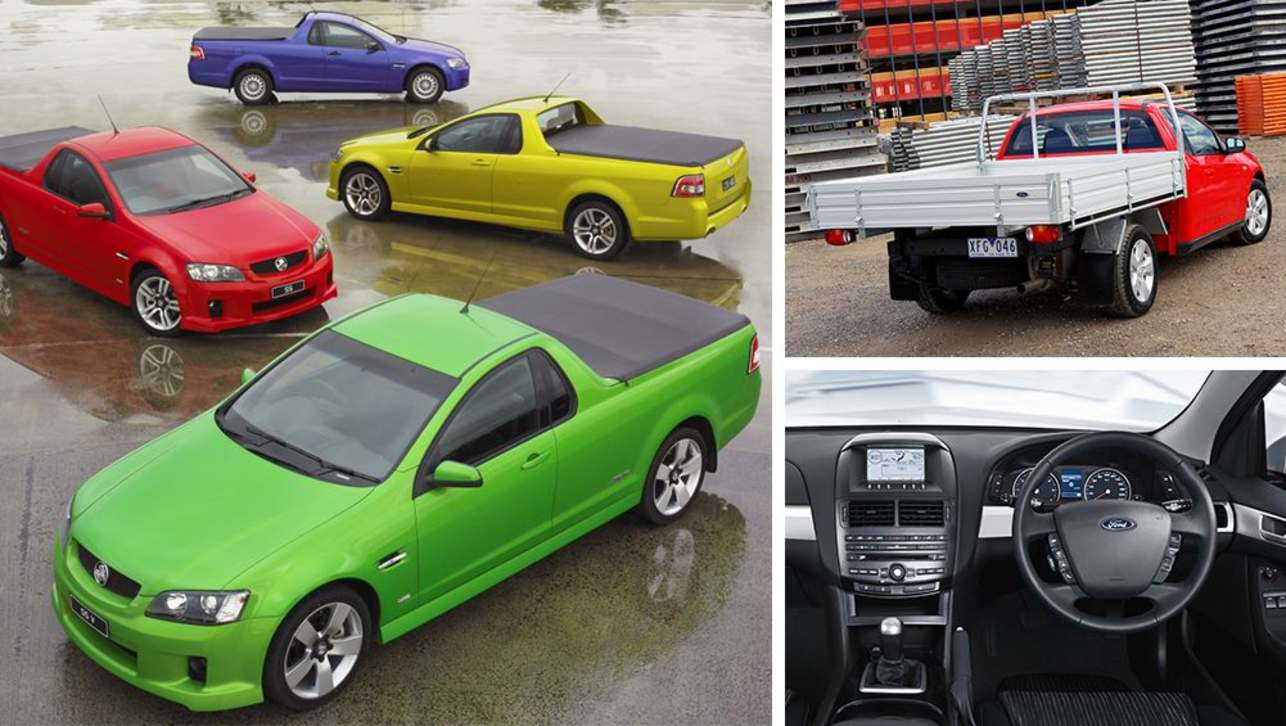
.jpg)
.jpg)
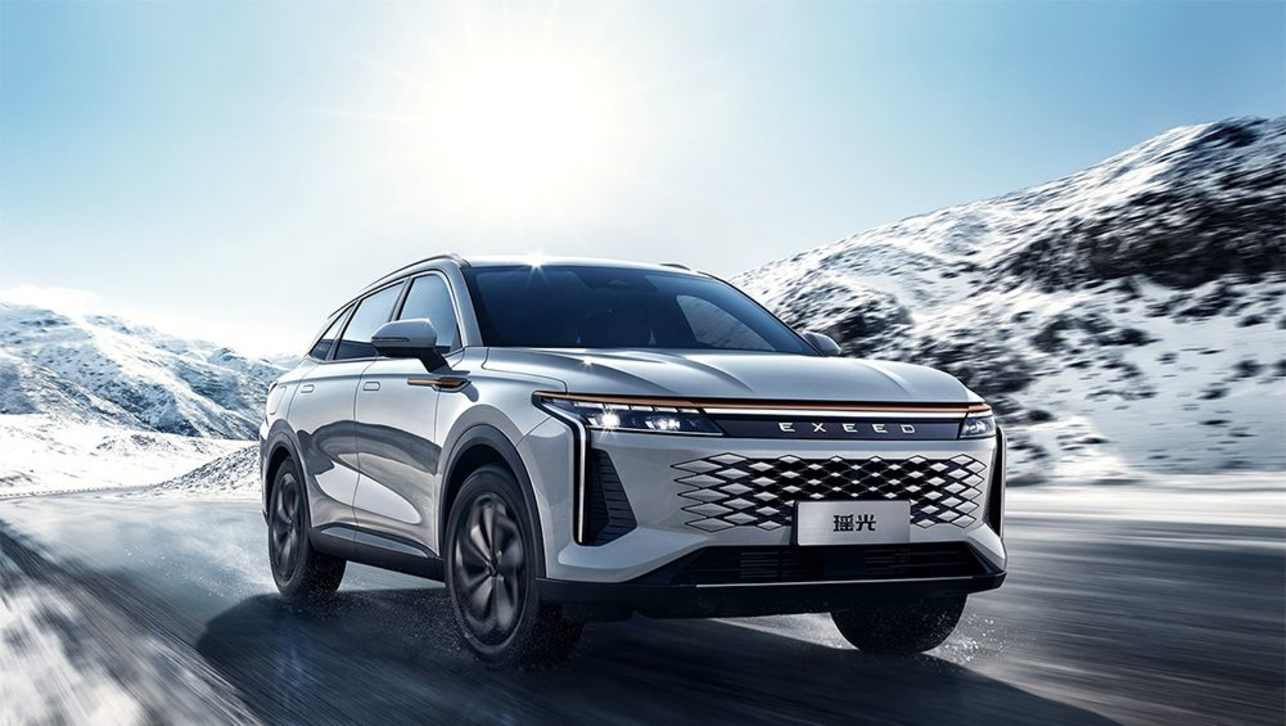
.jpg)














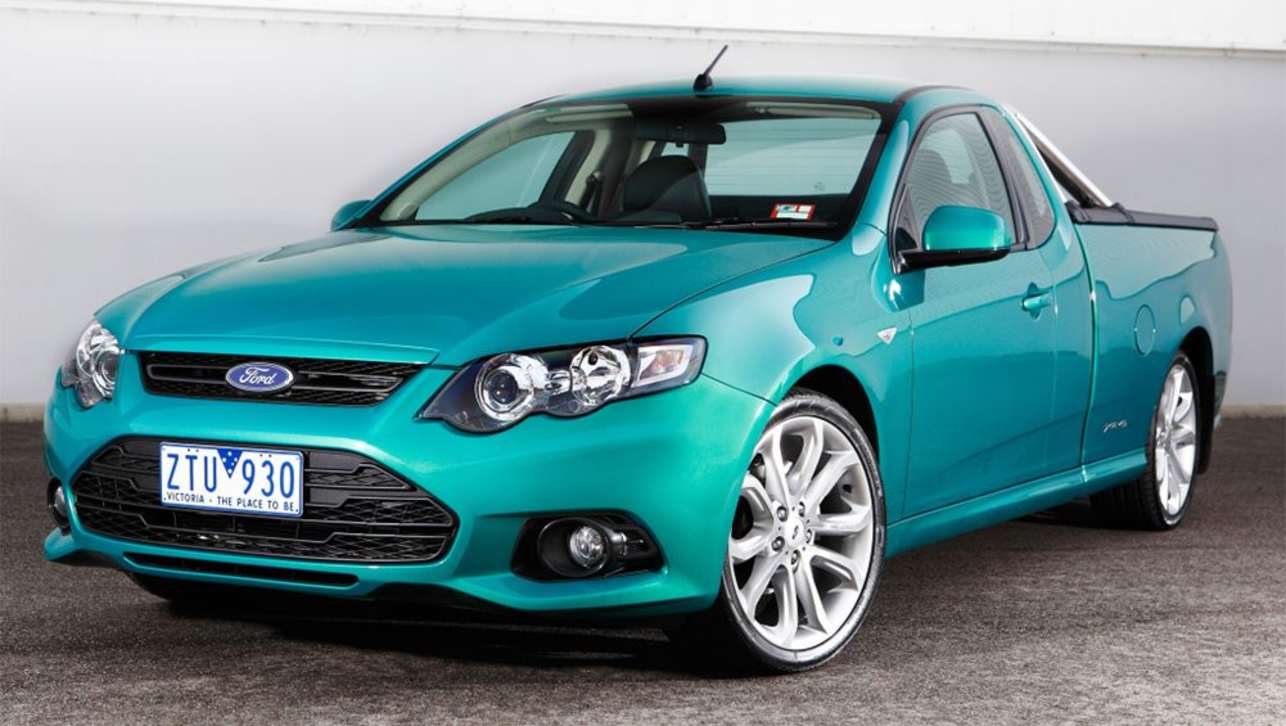






















.jpg)
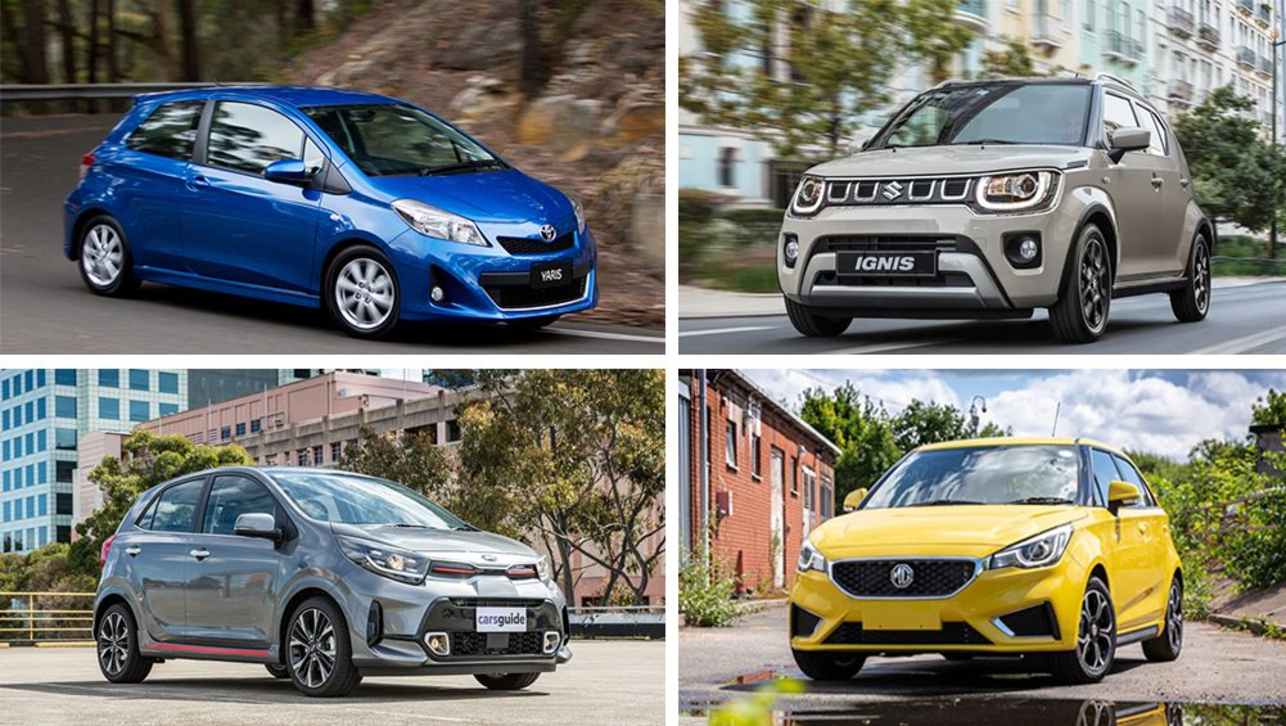
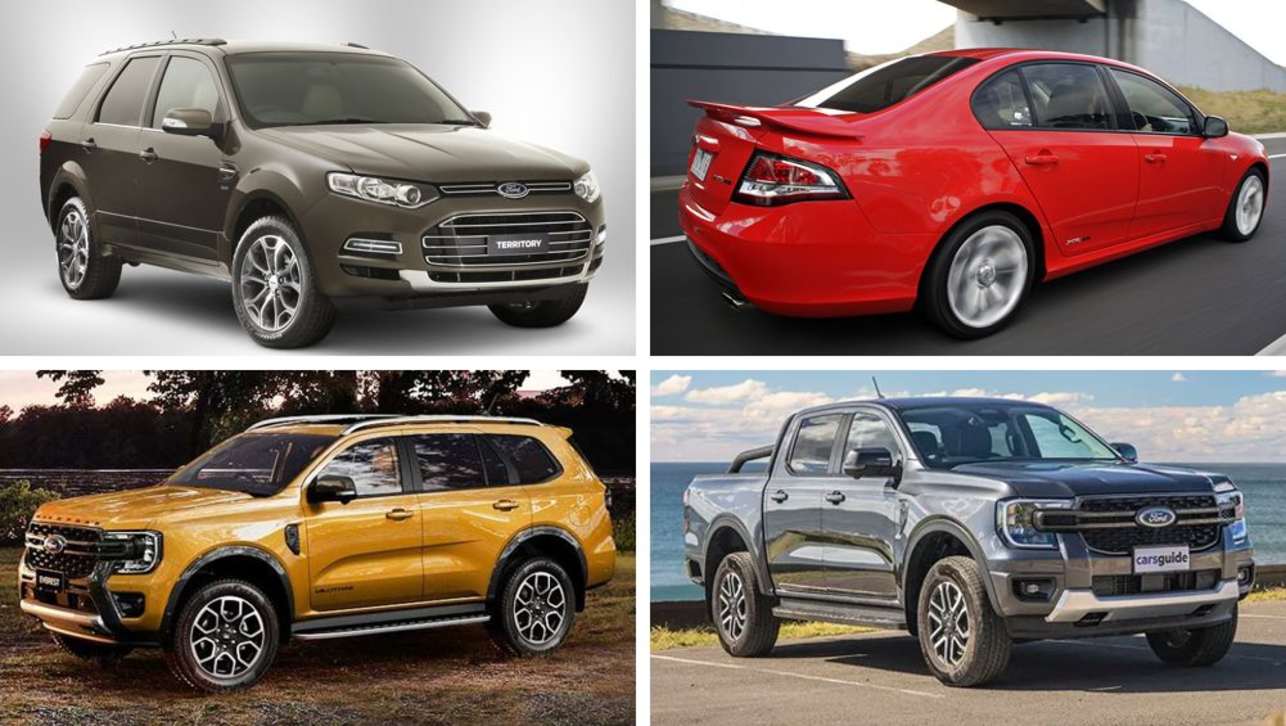
.jpg)
.webp)
.jpg)

.jpg)


Comments